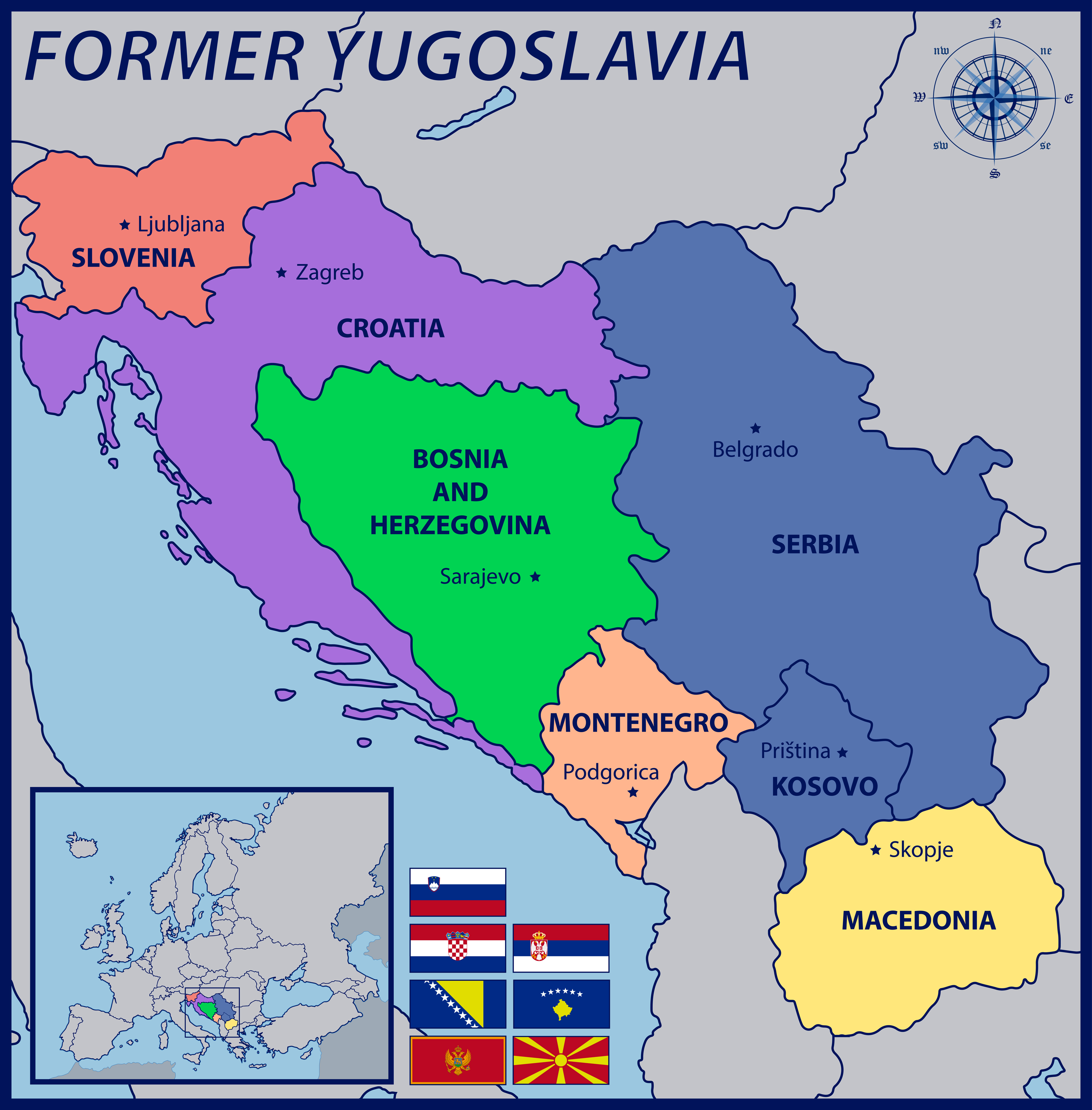Language Information
Bosnian/Croatian/Serbian is a collection of closely related languages in the South Slavic language family. These languages are all mutually intelligible and are spoken in a number of the countries that emerged from the dissolution of Yugoslavia.
Before the break-up of Yugoslavia, BCS was typically known as Serbo-Croatian or Croato-Serbian. When the new countries formed, the language came to be known as Croatian in Croatia, Serbian in Serbia, Montenegrin in Montenegro, and Bosnian/Croatian/Serbian in Bosnia and Herzegovina. This language is written in two alphabets, Latin and Cyrillic.
Bosnian/Croatian/Serbian is spoken by 19 million people worldwide, including many U.S. immigrants. Significant diasporic communities can be found in Chicago, Phoenix, Pittsburgh, St. Louis, and elsewhere.
At Indiana University, BCS is offered from elementary through advanced levels during the academic year. IU offers a Slavic track major through Slavic & East European Languages and Cultures.
During the summer, intensive language courses are available through the Language Workshop.



